Amateur radio (or ham radio) is a way to access radio communication lines for non-commercial purposes. It’s commonly used when on the road (e.g. by truckers who have to drive for long periods) or in emergencies when other means of communication are not available. However, many amateur radio enthusiasts also enjoy the challenge of figuring out how the equipment works and connecting with other enthusiasts in Singapore and around the world.
If you are hoping to begin amateur radio in Singapore, here’s what you need to know:
1. You’ll need a license from the IMDA to operate.
Singapore’s Infocomm Media Development Authority (IMDA) is the sole body that can issue Amateur Station Licenses to interested individuals. Only individuals aged 16 and above may apply for an Amateur Station License, and those under 21 years old must have their application countersigned by a parent, guardian, or approved individual.
You are required to sit for the Radio Amateur’s Examination to obtain a license. The General Class license is issued once you have passed both Parts I & II of the exam, and the Restricted Class license is given if you have only passed Part I.
If you are wondering how to navigate the licensing process, you can reach out to the Singapore Amateur Radio Transmitting Society (SARTS). SARTS is a non-profit organisation for amateur radio operators and enthusiasts in Singapor. They hold meetings for members and share news, equipment reviews, and other resources related to amateur radio communications.
2. There are many types of amateur radio available.
‘Amateur radio’ is an umbrella term, but there are many types of radio devices to choose from, such as Citizen’s Band (CB) and Single Side Band (SSB). Different devices will be able to assess different frequencies, wavelengths, or emissions, and have different controls. Find out more about ham VS CB radio equipment before making your choice.
Do note that in Singapore, the IMDA controls the frequencies you can operate amateur radio on, of which comprehensive information is available in the latest IMDA Amateur Handbook.
3. You’ll need some essential equipment to get started.

These are some of the essential amateur radio equipment you’ll need to buy before you begin:
- HF Transceivers: Transceivers like the ICOM IC-705 HF/50/144/430 MHz All Mode Portable Transceiver contain both a receiver and transmitter, giving you greater versatility within a single device.
- Antennas: There are many antennas to choose from, each with its own features and advantages. For amateur radio, you can consider amateur station antennas, amateur handheld antennas, or amateur mobile antennas depending on how you plan to use your amateur radio.
- Two-way radio repeaters: Radio repeaters receive and rebroadcast nearby signals, improving the reception and quality of your radio communications. Find out more in our guide to two-way radio repeaters for naval vessels.
- Antenna rotator systems: Antenna rotators help finetune the direction and aim of your antenna so you can get the best signal possible.
Buy Radio Equipment and More Online in Singapore at Tecomart
Tecomart carries all of the radio communication equipment necessary to begin your foray into amateur radio, including amateur ham radio accessories from renowned brands like ICOM and Yaesu. Enthusiasts working on a tighter budget can also explore our selection of stock clearance amateur communication ham equipment to find amateur radio equipment for sale.
As a supplier of communications and navigation equipment in Singapore and the Asia-Pacific region since 1994, we strive to provide our customers with only the highest quality solutions to meet their unique technical needs. Get in touch to find out more about our products and solutions, or check out our FAQs. You can also discover related resources and tips on our blog.

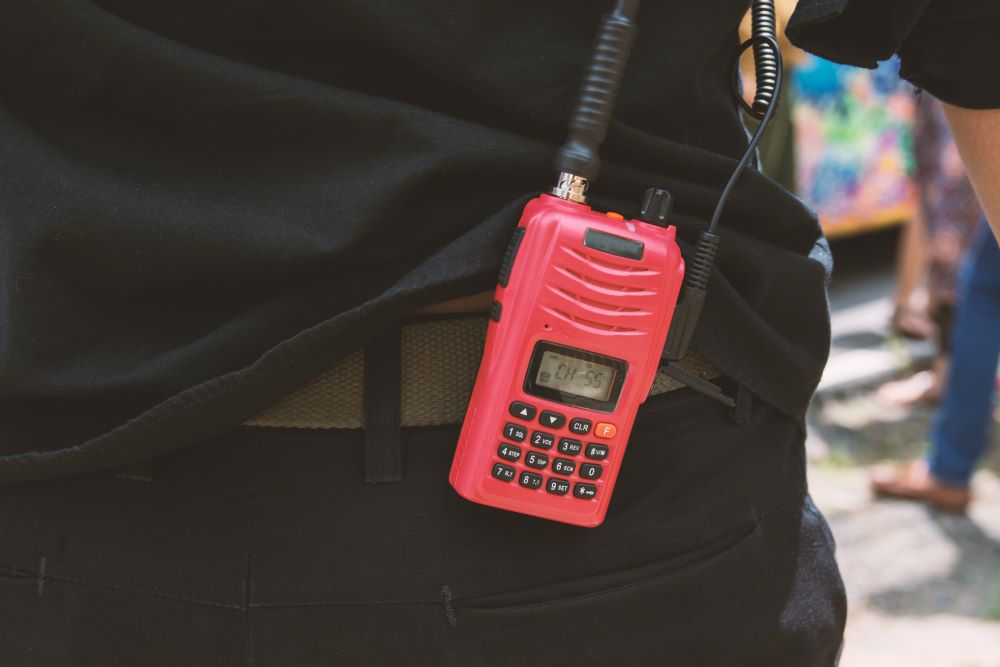
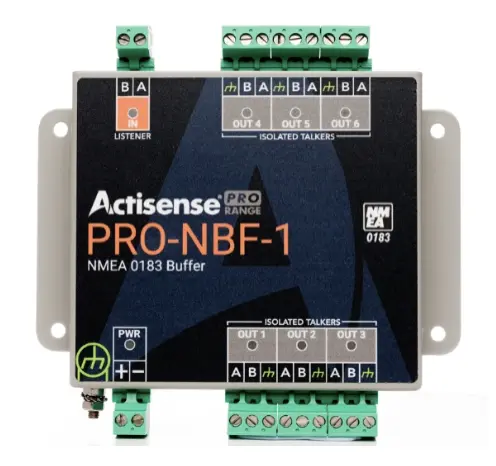

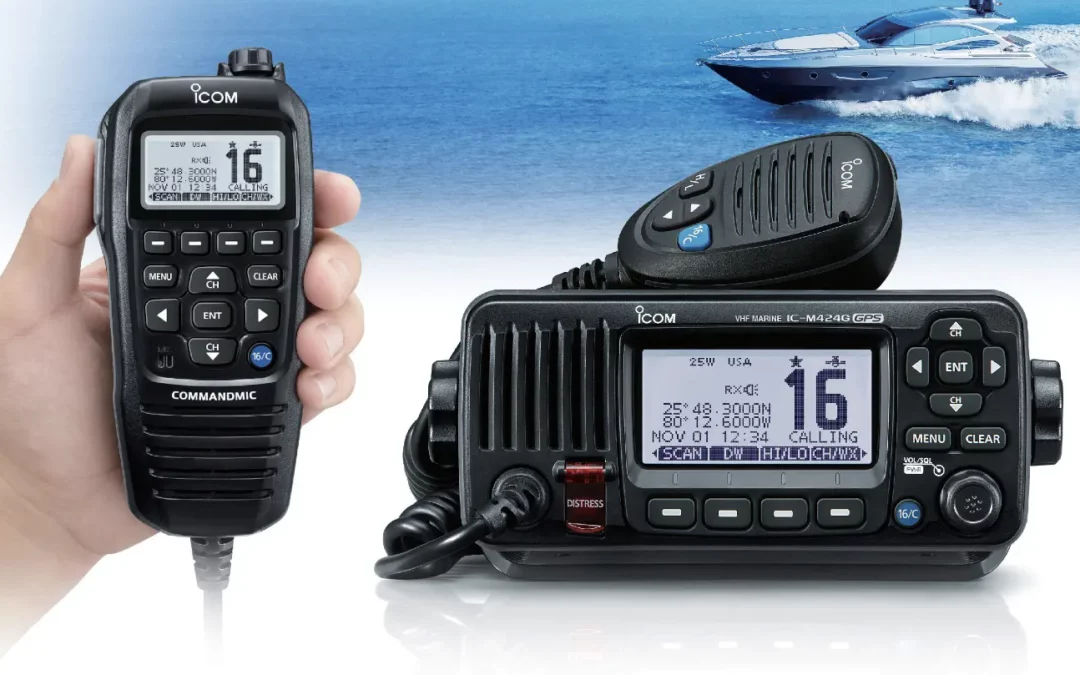
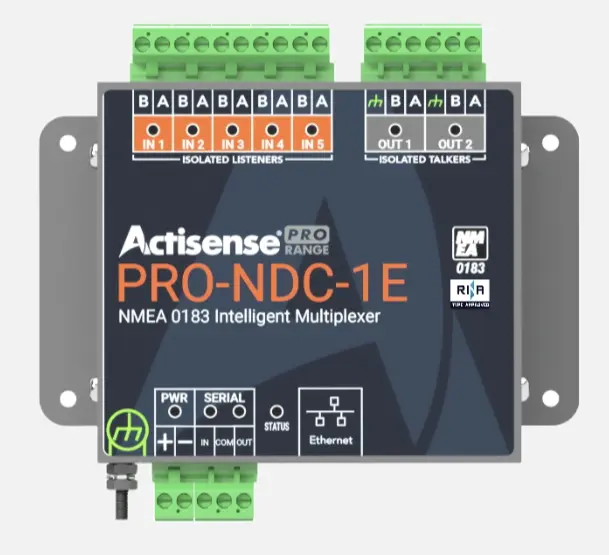
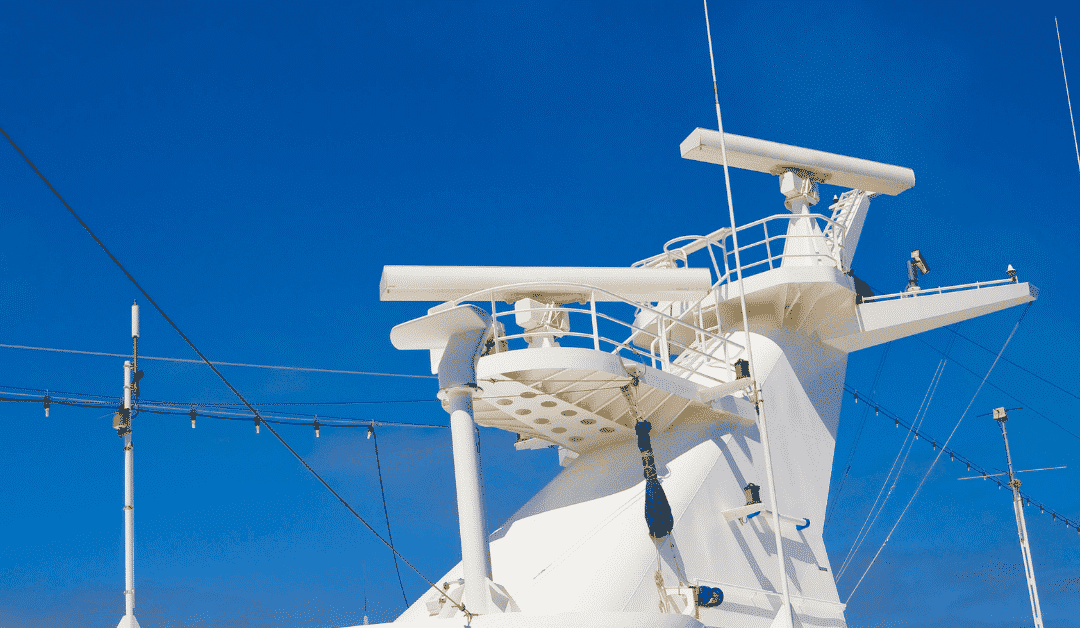

0 Comments